Towards Resilient Healthcare Systems: A Framework for Crisis Management
Abstract
1. Introduction
2. Literature Review
2.1. Crisis Management and Resilience
2.2. Healthcare System Resilience
2.3. Frameworks of Resilience in the Healthcare System
3. Methodology
4. Discussion
4.1. Overview
4.2. Core Resilience Development
4.3. Data Collection and Management
4.4. Situation Analysis
4.5. Risk Anticipation
4.6. Action Authorization
4.7. Evaluation
5. Conclusions
Author Contributions
Funding
Institutional Review Board Statement
Informed Consent Statement
Data Availability Statement
Acknowledgments
Conflicts of Interest
References
- Barasa, E.; Mbau, R.; Gilson, L. What Is Resilience and How Can It Be Nurtured? A Systematic Review of Empirical Literature on Organizational Resilience. Int. J. Health Policy Manag. 2018, 7, 491–503. [Google Scholar] [CrossRef] [PubMed]
- Frandsen, F.; Johansen, W. Organizational Crisis Communication; Sage Publications Inc.: Thousand Oaks, CA, USA, 2017. [Google Scholar]
- Efstathiou, P. Crisis management in the Health Sector; Qualities and characteristics of health crisis managers. Int. J. Caring Sci. 2014, 2, 105–107. [Google Scholar]
- Boin, A.; McConnell, A. Preparing for Critical Infrastructure Breakdowns: The Limits of Crisis Management and the Need for Resilience. J. Contingencies Crisis Manag. 2007, 15, 50–59. [Google Scholar] [CrossRef]
- Blanchet, K.; Nam, S.L.; Ramalingam, B.; Pozo-Martin, F. Governance and Capacity to Manage Resilience of Health Systems: Towards a New Conceptual Framework. Int. J. Health Policy Manag. 2017, 6, 431–435. [Google Scholar] [CrossRef] [PubMed]
- Hanefeld, J.; Mayhew, S.; Legido-Quigley, H.; Martineau, F.; Karanikolos, M.; Blanchet, K.; Liverani, M.; Yei Mokuwa, E.; McKay, G.; Balabanova, D. Towards an Understanding of Resilience: Responding to Health Systems Shocks. Health Policy Plan. 2018, 33, 355–367. [Google Scholar] [CrossRef] [PubMed]
- Gilson, L.; Barasa, E.; Nxumalo, N.; Cleary, S.; Goudge, J.; Molyneux, S.; Tsofa, B.; Lehmann, U. Everyday Resilience in District Health Systems: Emerging Insights from the Front Lines in Kenya and South Africa. BMJ Glob. Health 2017, 2, e000224. [Google Scholar] [CrossRef] [PubMed]
- Clay-Williams, R.; Rapport, F.; Braithwaite, J. The Australian Health System Response to COVID-19 from a Resilient Health Care Perspective: What Have We Learned? Public Health Res. Pract. 2020, 30, e3042025. [Google Scholar] [CrossRef]
- Barasa, E.W.; Cloete, K.; Gilson, L. From Bouncing Back, to Nurturing Emergence: Reframing the Concept of Resilience in Health Systems Strengthening. Health Policy Plan. 2017, 32, iii91–iii94. [Google Scholar] [CrossRef]
- Fana, T.; Goudge, J. Austerity, Resilience and the Management of Actors in Public Hospitals: A Qualitative Study from South Africa. BMJ Glob. Health 2021, 6, e004157. [Google Scholar] [CrossRef]
- Lal, A.; Ashworth, H.C.; Dada, S.; Hoemeke, L.; Tambo, E. Optimizing Pandemic Preparedness and Response through Health Information Systems: Lessons Learned from Ebola to COVID-19. Disaster Med. Public Health Prep. 2020, 16, 333–340. [Google Scholar] [CrossRef]
- Ling, E.J.; Larson, E.; Macauley, R.J.; Kodl, Y.; VanDeBogert, B.; Baawo, S.; Kruk, M.E. Beyond the Crisis: Did the Ebola Epidemic Improve Resilience of Liberia’s Health System? Health Policy Plan. 2017, 32, 40–47. [Google Scholar] [CrossRef] [PubMed]
- Blanchet, K. Thinking Shift on Health Systems: From Blueprint Health Programmes towards Resilience of Health Systems. Int. J. Health Policy Manag. 2015, 4, 307–309. [Google Scholar] [CrossRef] [PubMed]
- Kruk, M.E.; Ling, E.J.; Bitton, A.; Cammett, M.; Cavanaugh, K.; Chopra, M.; El-Jardali, F.; Macauley, R.J.; Muraguri, M.K.; Konuma, S.; et al. Building Resilient Health Systems: A Proposal for a Resilience Index. Br. Med. J. 2017, 357, j2323. [Google Scholar] [CrossRef] [PubMed]
- Russo, G.; Pires, C.A.; Perelman, J.; Gonçalves, L.; Barros, P.P. Exploring Public Sector Physicians’ Resilience, Reactions and Coping Strategies in Times of Economic Crisis; Findings from a Survey in Portugal’s Capital City Area. BMC Health Serv. Res. 2017, 17, 207. [Google Scholar] [CrossRef]
- Engelbrecht, B.; Gilson, L.; Barker, P.; Vallabhjee, K.; Kantor, G.; Budden, M.; Parbhoo, A.; Lehmann, U. Prioritizing People and Rapid Learning in Times of Crisis: A Virtual Learning Initiative to Support Health Workers during the COVID-19 Pandemic. Int. J. Health Plan. Manag. 2021, 36, 168–173. [Google Scholar] [CrossRef] [PubMed]
- Lal, A.; Patel, M.; Hunter, A.; Phillips, C. Towards Resilient Health Systems for Increasing Climate Extremes: Insights from the 2019–2020 Australian Bushfire Season. Int. J. Wildl. Fire 2021, 30, 1–5. [Google Scholar] [CrossRef]
- Olu, O. Resilient Health System As Conceptual Framework for Strengthening Public Health Disaster Risk Management: An African Viewpoint. Front. Public Health 2017, 5, 263. [Google Scholar] [CrossRef]
- Ziglio, E.; Azzopardi-Muscat, N.; Briguglio, L. Editorials: Resilience and 21st Century Public Health. Eur. J. Public Health 2017, 27, 789–790. [Google Scholar] [CrossRef]
- Rodríguez, H.; Aguirre, B.E. Hurricane Katrina and the Healthcare Infrastructure: A Focus on Disaster Preparedness, Response, and Resiliency. Front. Health Serv. Manag. 2006, 23, 13–2330. [Google Scholar] [CrossRef]
- World Health Organization. Regional Office for Europe. Strengthening Resilience: A Priority Shared by Health 2020 and the Sustainable Development Goals; World Health Organization: Geneva, Switzerland, 2017. [Google Scholar]
- Marinucci, G.D.; Luber, G.; Uejio, C.K.; Saha, S.; Hess, J.J. Building Resilience against Climate Effects-a Novel Framework to Facilitate Climate Readiness in Public Health Agencies. Int. J. Environ. Res. Public Health 2014, 11, 6433–6458. [Google Scholar] [CrossRef]
- Zhong, S.; Clark, M.; Hou, X.Y.; Zang, Y.L.; Fitzgerald, G. Development of Hospital Disaster Resilience: Conceptual Framework and Potential Measurement. Emerg. Med. J. 2014, 31, 930–938. [Google Scholar] [CrossRef] [PubMed]
- Agostini, L.; Onofrio, R.; Piccolo, C.; Stefanini, A. A Management Perspective on Resilience in Healthcare: A Framework and Avenues for Future Research. BMC Health Serv. Res. 2023, 23, 774. [Google Scholar] [CrossRef] [PubMed]
- Förster, C.; Duchek, S.; Geithner, S.; Krägler, M. Developing an Integrated Framework of Healthcare Leaders’ Resilience. Rev. Manag. Sci. 2023, 17, 1765–1788. [Google Scholar] [CrossRef]
- Morse, J.M.; Kent-Marvick, J.; Barry, L.A.; Harvey, J.; Okang, E.N.; Rudd, E.A.; Wang, C.Y.; Williams, M.R. Developing the Resilience Framework for Nursing and Healthcare. Glob. Qual. Nurs. Res. 2021, 8, 23333936211005475. [Google Scholar] [CrossRef] [PubMed]
- Haraldseid-Driftland, C.; Aase, K.; Wiig, S.; Billett, S. Developing a Collaborative Learning Framework for Resilience in Healthcare: A Study Protocol. BMJ Open 2021, 11, e045183. [Google Scholar] [CrossRef] [PubMed]
- Anderson, J.E.; Ross, A.J.; Macrae, C.; Wiig, S. Defining Adaptive Capacity in Healthcare: A New Framework for Researching Resilient Performance. Appl. Ergon. 2020, 87, 103111. [Google Scholar] [CrossRef] [PubMed]
- Roosan, I.; Weir, C.; Del Fiol, G. Heuristics in Managing Complex Clinical Decision Tasks. In Proceedings of the 2014 IEEE International Conference on Healthcare Informatics, Verona, Italy, 15–17 September 2014; pp. 186–193. [Google Scholar]
- Marewski, J.N.; Gigerenzer, G. Heuristic Decision Making in Medicine. Dialogues Clin. Neurosci. 2012, 14, 77–89. [Google Scholar] [CrossRef] [PubMed]
- Emami, S.; Lorenzoni, V.; Pirri, S.; Turchetti, G. What Are the Characteristics of a Resilient Healthcare System: A Scoping Review. Int. J. Health Plann. Manag. 2023. under review. [Google Scholar]
- Hollnagel, E. Resilience Engineering Perspectives: Preparation and Restoration. In Resilience Engineering Perspectives: Preparation and Restoration; Nemeth, C.P., Hollnagel, E., Dekker, S., Eds.; Ashgate: London, UK, 2016; Volume 2, pp. 1–288. [Google Scholar] [CrossRef]
- O’Hara, J.K.; Canfield, C.; Aase, K. Patient and Family Perspectives in Resilient Healthcare Studies: A Question of Morality or Logic? Saf. Sci. 2019, 120, 99–106. [Google Scholar] [CrossRef]
- Barker, K.M.; Ling, E.J.; Fallah, M.; VanDeBogert, B.; Kodl, Y.; Macauley, R.J.; Viswanath, K.; Kruk, M.E. Community Engagement for Health System Resilience: Evidence from Liberia’s Ebola Epidemic. Health Policy Plan. 2020, 35, 416–423. [Google Scholar] [CrossRef]
- Litke, N.; Weis, A.; Koetsenruijter, J.; Fehrer, V.; Koeppen, M.; Kuemmel, S.; Szecsenyi, J.; Wensing, M. Building Resilience in German Primary Care Practices: A Qualitative Study. BMC Prim. Care 2022, 23, 221. [Google Scholar] [CrossRef] [PubMed]
- Meyer, D.; Bishai, D.; Ravi, S.J.; Rashid, H.; Mahmood, S.S.; Toner, E.; Nuzzo, J.B. A Checklist to Improve Health System Resilience to Infectious Disease Outbreaks and Natural Hazards. BMJ Glob. Health 2020, 5, e002429. [Google Scholar] [CrossRef] [PubMed]
- Gupta, I. Relying on Serendipity Is Not Enough: Building a Resilient Health Sector in India. Indian Econ. Rev. 2020, 55, 125–147. [Google Scholar] [CrossRef] [PubMed]
- Collins, T.; Akselrod, S.; Bloomfield, A.; Gamkrelidze, A.; Jakab, Z.; Placella, E. Rethinking the COVID-19 Pandemic: Back to Public Health. Ann. Glob. Health 2020, 86, 133. [Google Scholar] [CrossRef]
- Makin, S.; Groves, S. Summary of Latest NHS England Emergency Preparedness Resilience and Response (EPRR) Guidance. BMJ Mil. Health 2020, 166, 12–16. [Google Scholar] [CrossRef] [PubMed]
- McKenzie, A.; Abdulwahab, A.; Sokpo, E.; Mecaskey, J.W. Creating the Foundation for Health System Resilience in Northern Nigeria. Health Syst. Reform 2016, 2, 357–366. [Google Scholar] [CrossRef] [PubMed]
- Lapão, L.V.; Silva, A.; Pereira, N.; Vasconcelos, P.; Conceição, C. Ebola Impact on African Health Systems Entails a Quest for More International and Local Resilience: The Case of African Portuguese Speaking Countries. Pan Afr. Med. J. 2015, 22, 15. [Google Scholar] [CrossRef]
- Khan, Y.; O’Sullivan, T.; Brown, A.; Tracey, S.; Gibson, J.; Généreux, M.; Henry, B.; Schwartz, B. Public Health Emergency Preparedness: A Framework to Promote Resilience. BMC Public Health 2018, 18, 1344. [Google Scholar] [CrossRef]
- Miller, N.P.; Milsom, P.; Johnson, G.; Bedford, J.; Kapeu, A.S.; Diallo, A.O.; Hassen, K.; Rafique, N.; Islam, K.; Camara, R.; et al. Community Health Workers during the Ebola Outbreak in Guinea, Liberia, and Sierra Leone. J. Glob. Health 2018, 8, 020601. [Google Scholar]
- Labarda, C.; Del Pilar Labarda, M.; Ellevera Lamberte, E. Hospital Resilience in the Aftermath of Typhoon Haiyan in the Philippines. Disaster Prev. Manag. 2017, 26, 424–436. [Google Scholar] [CrossRef]
- Marome, W.; Shaw, R. COVID-19 Response in Thailand and Its Implications on Future Preparedness. Int. J. Environ. Res. Public Health 2021, 18, 1089. [Google Scholar] [CrossRef]
- Lauriola, P.; Martín-Olmedo, P.; Leonardi, G.S.; Bouland, C.; Verheij, R.; Dückers, M.L.A.; Van Tongeren, M.; Laghi, F.; Van Den Hazel, P.; Gokdemir, O.; et al. On the Importance of Primary and Community Healthcare in Relation to Global Health and Environmental Threats: Lessons from the COVID-19 Crisis. BMJ Glob. Health 2021, 6, e004111. [Google Scholar] [CrossRef] [PubMed]
- Hunte, S.-A.; Pierre, K.; St Rose, R.; Simeon, D.T. Health Systems’ Resilience: COVID-19 Response in Trinidad and Tobago. Am. J. Trop. Med. Hyg. 2020, 103, 590–592. [Google Scholar] [CrossRef] [PubMed]
- Ager, A.K.; Lembani, M.; Mohammed, A.; Mohammed Ashir, G.; Abdulwahab, A.; De Pinho, H.; Delobelle, P.; Zarowsky, C. Health Service Resilience in Yobe State, Nigeria in the Context of the Boko Haram Insurgency: A Systems Dynamics Analysis Using Group Model Building. Confl. Health 2015, 9, 30. [Google Scholar] [CrossRef] [PubMed]
- Therrien, M.-C.; Normandin, J.-M.; Denis, J.-L. Bridging Complexity Theory and Resilience to Develop Surge Capacity in Health Systems. J. Health Organ. Manag. 2017, 31, 96–109. [Google Scholar] [CrossRef]
- Gal, T.; Stewart, T.; Hanne, T. (Eds.) Multicriteria Decision Making: Advances in MCDM Models, Algorithms, Theory, and Applications; Springer Science & Business Media: Berlin, Germany, 2013. [Google Scholar]
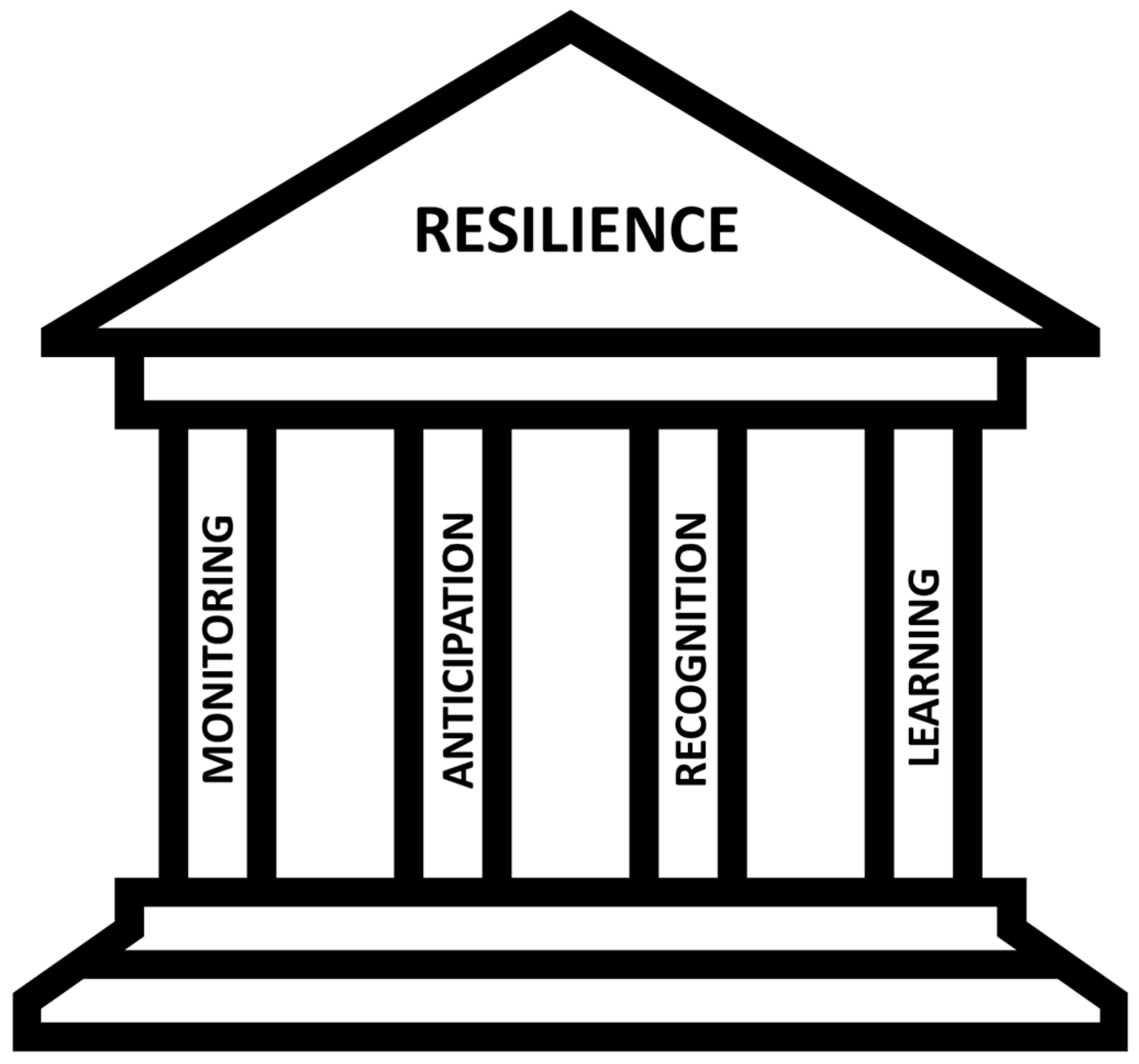
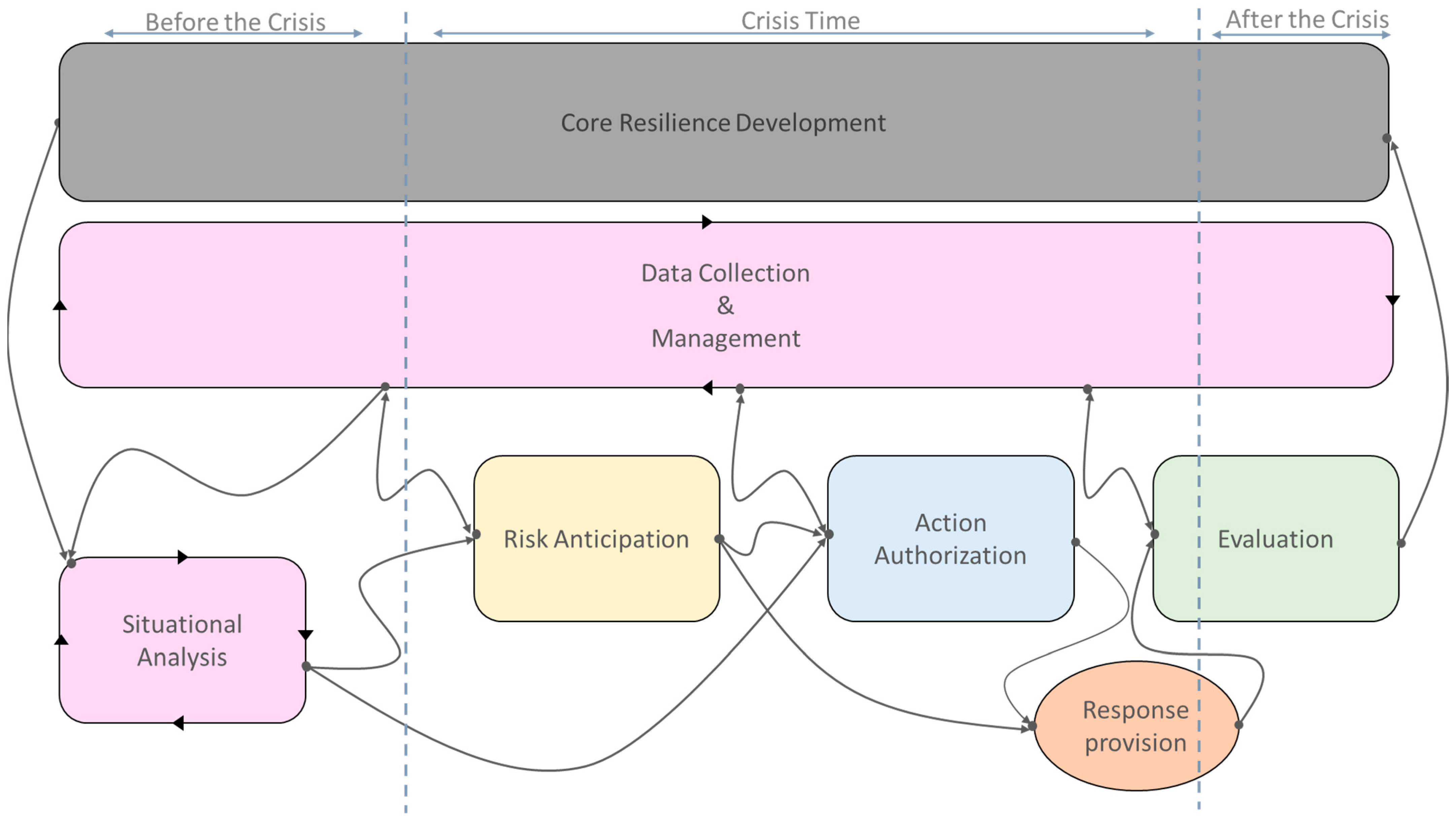
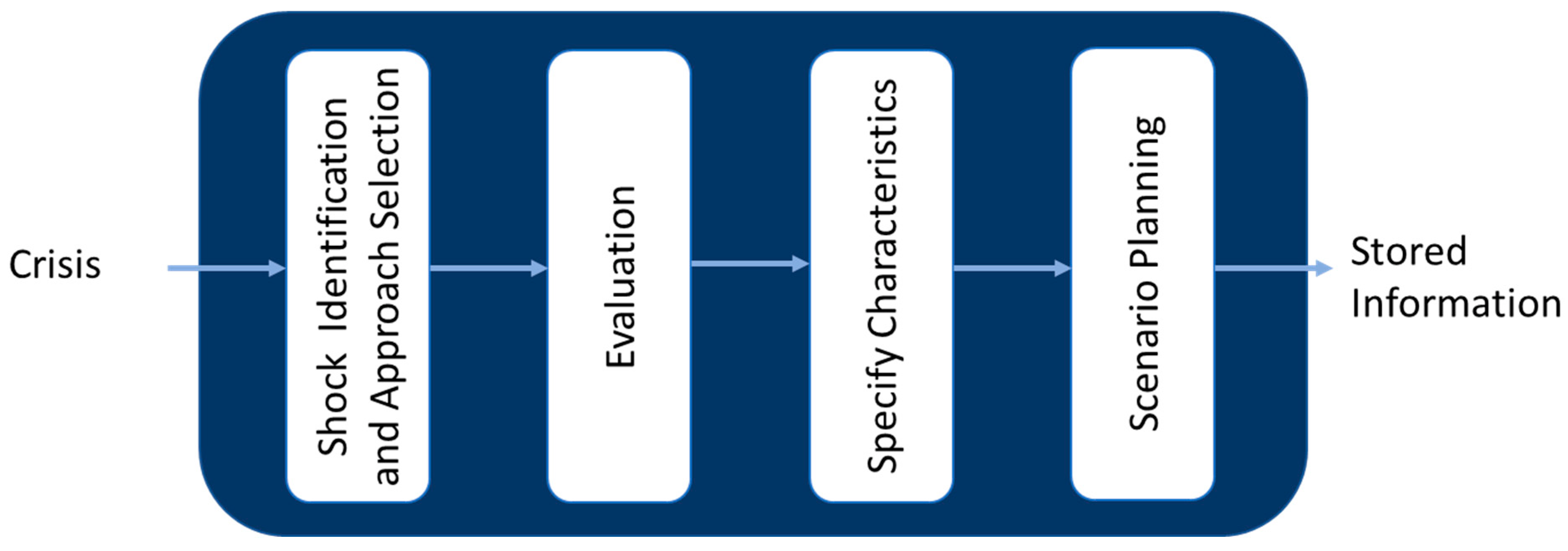

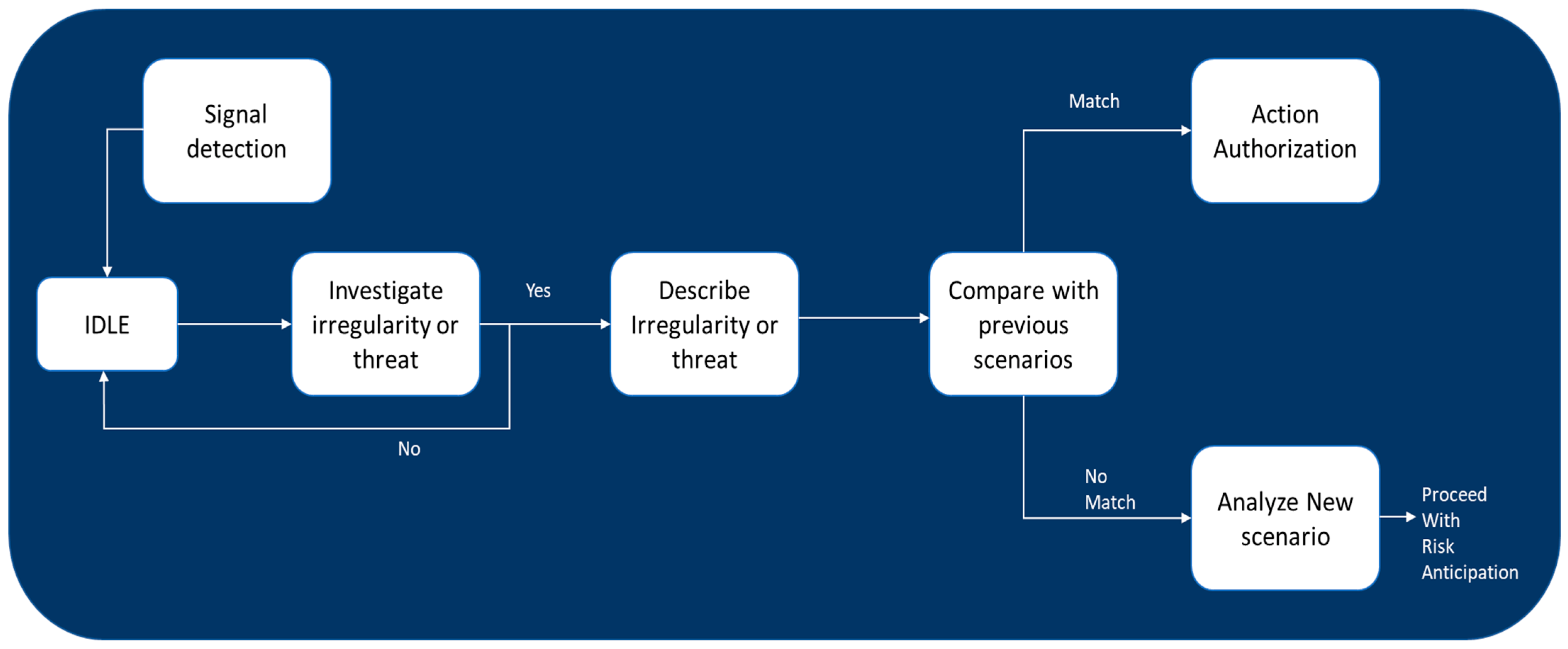
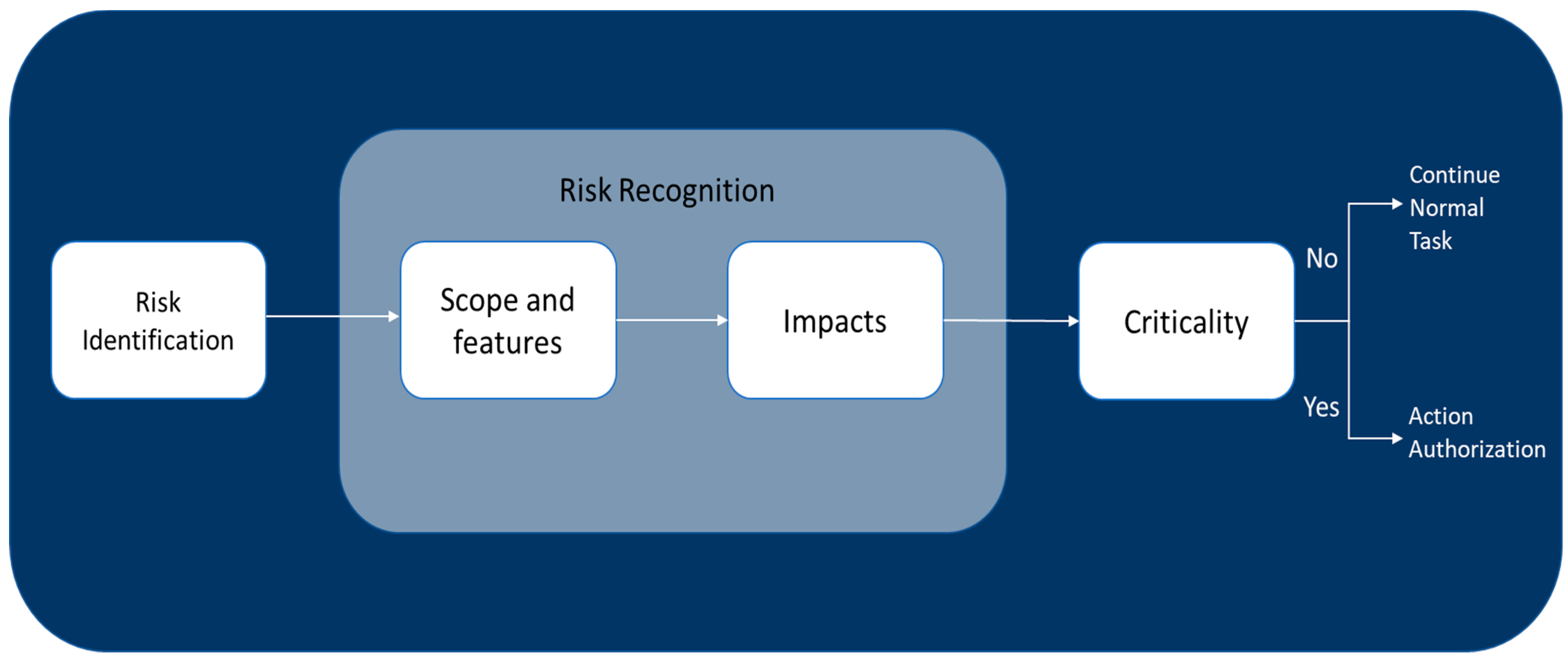

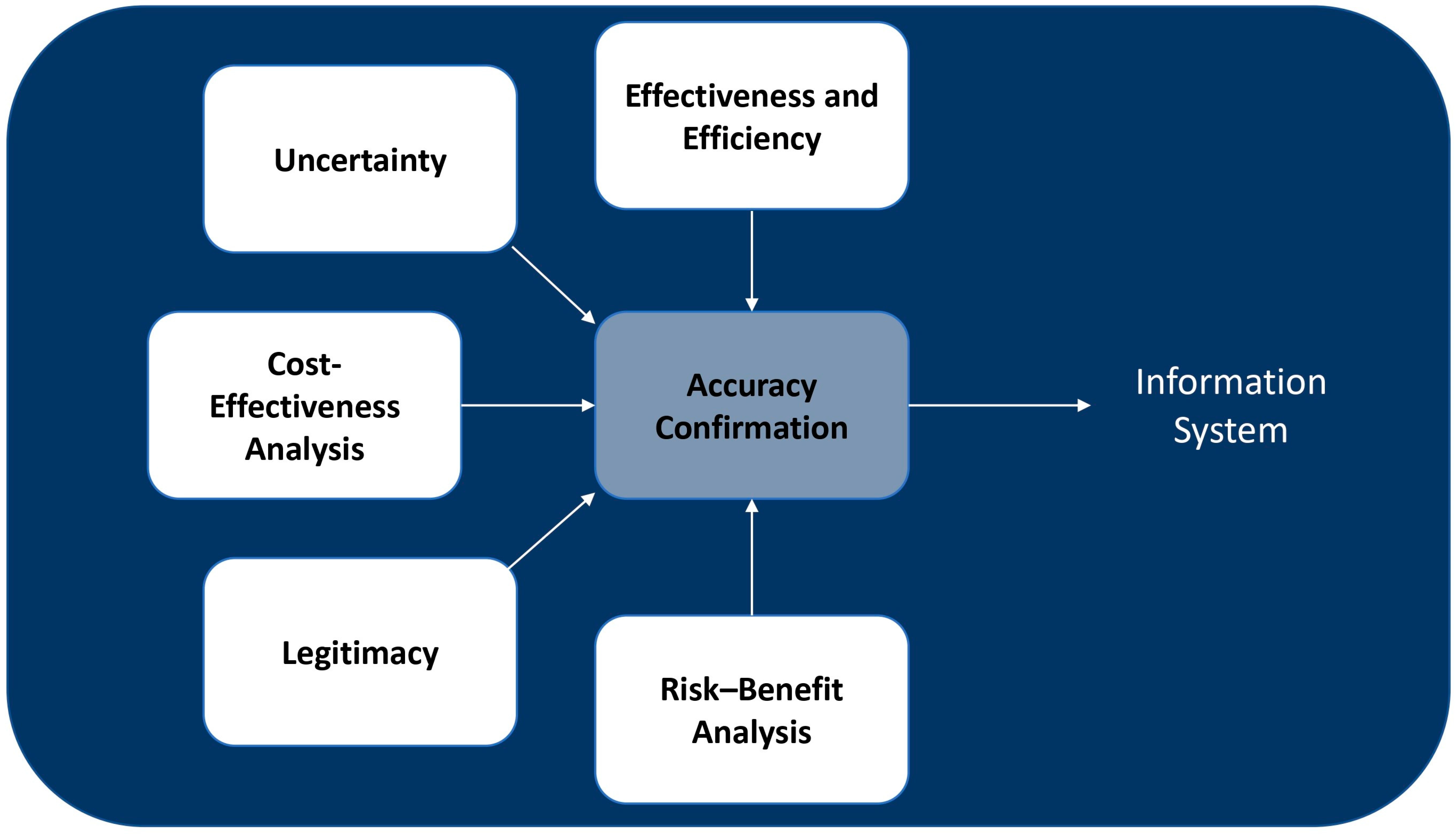
Disclaimer/Publisher’s Note: The statements, opinions and data contained in all publications are solely those of the individual author(s) and contributor(s) and not of MDPI and/or the editor(s). MDPI and/or the editor(s) disclaim responsibility for any injury to people or property resulting from any ideas, methods, instructions or products referred to in the content. |
© 2024 by the authors. Licensee MDPI, Basel, Switzerland. This article is an open access article distributed under the terms and conditions of the Creative Commons Attribution (CC BY) license (https://creativecommons.org/licenses/by/4.0/).
Share and Cite
Emami, S.G.; Lorenzoni, V.; Turchetti, G. Towards Resilient Healthcare Systems: A Framework for Crisis Management. Int. J. Environ. Res. Public Health 2024, 21, 286. https://doi.org/10.3390/ijerph21030286
Emami SG, Lorenzoni V, Turchetti G. Towards Resilient Healthcare Systems: A Framework for Crisis Management. International Journal of Environmental Research and Public Health. 2024; 21(3):286. https://doi.org/10.3390/ijerph21030286
Chicago/Turabian StyleEmami, Seyedeh Gelareh, Valentina Lorenzoni, and Giuseppe Turchetti. 2024. "Towards Resilient Healthcare Systems: A Framework for Crisis Management" International Journal of Environmental Research and Public Health 21, no. 3: 286. https://doi.org/10.3390/ijerph21030286
APA StyleEmami, S. G., Lorenzoni, V., & Turchetti, G. (2024). Towards Resilient Healthcare Systems: A Framework for Crisis Management. International Journal of Environmental Research and Public Health, 21(3), 286. https://doi.org/10.3390/ijerph21030286






